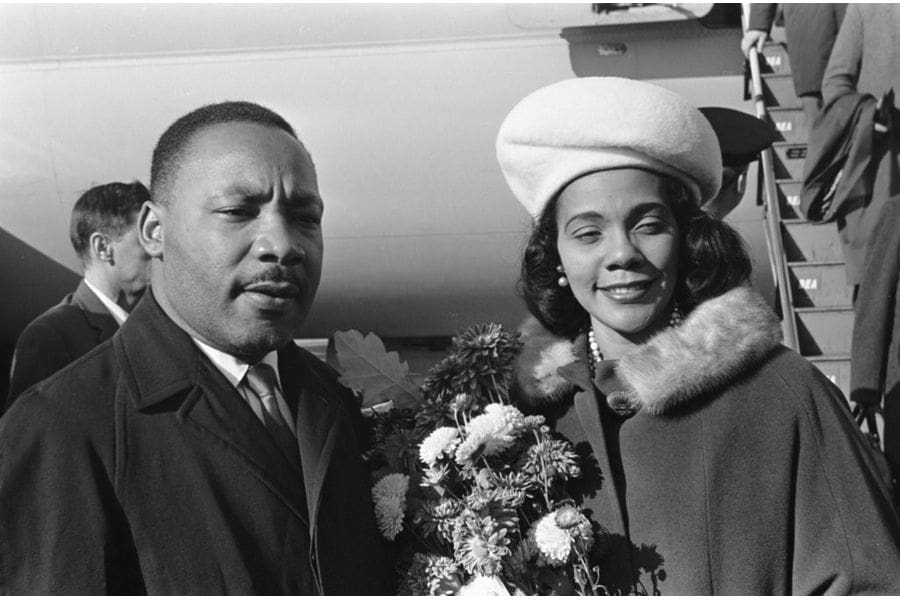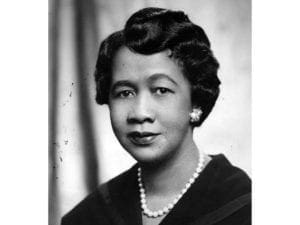The clothing we choose to wear is one of the most powerful ways we express ourselves. Activists all over the world have used clothing as a visible protest of social injustice. From Women’s Marches to Civil Rights Protests, some clothing will go down in history as iconic, and can even pave the way for future demonstrators.
Put on Your Purple, White, and Green
For almost a century, women known as suffragettes fought for a woman’s right to vote. When dressing for a march, suffragettes made sure to dress attractively, but their clothing was not without meaning. Suffragettes wore purple for loyalty and dignity, white for purity, and green for hope.
Before Women’s Sunday, June 21st, 1908, the publication Votes for Women included a piece telling women what to wear to the march: “You may think that this is a small and trivial matter, but there is no service that can be considered as small or trivial in this movement. I wish I could impress upon every mind as deeply as I feel myself the importance of popularizing the colours in every way open to us. If every individual in this union would do her part, the colours would become the reigning fashion. And strange as it may seem, nothing would so help to popularize the WSPU…now everyone has simply got to see to it that everywhere our colours may be in evidence.”
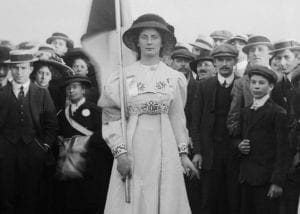 Or Your Sunday Best
Or Your Sunday Best
Fast forward to the 1960s. No issue was contested more fiercely than Civil Rights. During these often violent protests, demonstrators opted to dress up to convey the message: we are just like you. Men and women appeared polished and put together in their tweed suits and pearl necklaces.
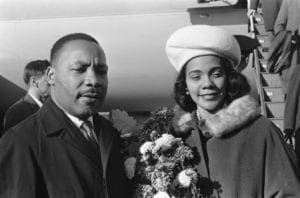 While protestors had historically dressed to shun the rules, this time, demonstrators wanted to be accepted as they were. Coretta Scott King (the wife of Martin Luther King, Jr.) is a prime example of what came to be known as “Sunday Best” attire during this time. King joined her husband in many civil rights protests throughout the ’50s and ’60s, including the Montgomery Bus Boycott and efforts to pass the 1964 Civil Rights Act.
While protestors had historically dressed to shun the rules, this time, demonstrators wanted to be accepted as they were. Coretta Scott King (the wife of Martin Luther King, Jr.) is a prime example of what came to be known as “Sunday Best” attire during this time. King joined her husband in many civil rights protests throughout the ’50s and ’60s, including the Montgomery Bus Boycott and efforts to pass the 1964 Civil Rights Act.
Dorothy Height fought for women’s rights and civil rights from the 1930s through Barack Obama’s presidency. Height is pictured here in her version of Sunday Best—donning pearls, earrings, a fresh face of makeup, and perfectly placed hair.
Rebel in Leather and Denim
In opposition to the conformist styles of mainstream Civil Rights protestors were the Black Panthers. Founded in 1966, the Black Panthers were known for wearing black berets and black leather jackets. Their clothing became a form of radical activism in itself.
Another group that shunned social norms, the Hippie movement adopted a look all their own in the ’60s and ’70s. Long hair and dirty, distressed jeans were two of the ways hippies aimed to aggravate “the man.” The hippie look conveyed the message of freedom from responsibility and tradition. These demonstrators shunned all the rules and opted to use fashion to rebel against the norm.
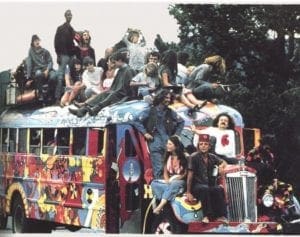 (image)
(image)
Over the last few years, we’ve seen protests over many issues. We’ve also seen fashion continue to convey political messages. From the notorious pink cat-eared hats during the Women’s Marches to “I can’t breathe” and “Black Lives Matter” shirts, the call for change and equality rings loud and clear. So the next time you’re participating in a protest, look carefully at those around you and consider that everything you’re taking in – and what might go down in history.

